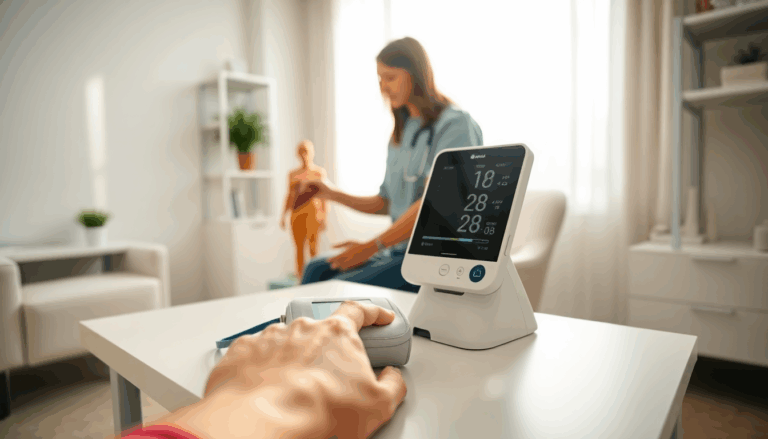Understanding how to measure your blood pressure can be a game-changer for your health. It’s more than just a number; it’s a reflection of your cardiovascular well-being. With around 30% of adults in Italy unaware of their hypertension, it’s crucial to stay informed. This guide will walk you through the
process of measuring your blood pressure accurately, ensuring you have the knowledge to monitor your health effectively.
Choosing the right equipment
When it comes to measuring blood pressure, the right equipment makes all the difference. The Italian Society of Hypertension recommends using automatic or semi-automatic arm monitors, which tend to provide more reliable readings than wrist devices. Why? Because the accuracy of wrist monitors can be influenced by the
arm’s position during measurement. Ideally, your arm should be at heart level for the most precise results.
Additionally, selecting the correct cuff size is crucial. If the cuff is too small or too large, it can skew your readings, leading to potential misdiagnoses. Individuals with slimmer arms or those with larger-than-average arm circumferences should pay particular attention to this detail. Always opt for validated instruments, and if you’re uncertain
about their accuracy, consulting a trusted healthcare provider or pharmacist can offer peace of mind.
Establishing a routine for measurements
Now that you have your equipment ready, how often should you measure your blood pressure? A strategic approach is to create a weekly plan. For one week, take two readings in the morning and two in the evening, discarding the data from the first day. This method not only helps you establish a clearer picture of your blood pressure trends but also provides valuable information to discuss with your doctor during check-ups.
Understanding the readings is just as important as taking them. When you measure your blood pressure, you’ll see two numbers, such as 120/85. The first number indicates your systolic pressure (the pressure when your heart beats), while the second number represents your diastolic pressure (the pressure when your heart rests between beats). For adults, normal values are generally considered to be between 120-129 mmHg for systolic pressure and 80-84 mmHg for diastolic pressure. Measurements exceeding 140 mmHg for systolic or 90 mmHg for diastolic indicate hypertension.
Interpreting your readings
Interpreting your blood pressure readings can seem daunting, but it doesn’t have to be. A systolic reading above 130 mmHg may signal prehypertension, while values above 140 mmHg indicate hypertension. Diastolic pressure is also crucial—values above 90 mmHg are concerning. Regularly monitoring your blood pressure can help you and your healthcare provider identify patterns and make informed decisions about managing your health.
Moreover, lifestyle factors play a significant role in blood pressure management. Keeping an eye on your diet, engaging in regular physical activity, and reducing stress can positively impact your readings. Collaborating with your healthcare team to develop a tailored approach can empower you to take control of your health.
Additional tips for accurate measurements
For the most accurate readings, adhere to a few essential tips. First, ensure you’re calm and seated comfortably before taking your measurement. Avoid caffeine and smoking for at least 30 minutes prior, as these can temporarily elevate your blood pressure. It’s also wise to measure your blood pressure at the same times each day to maintain consistency.
Incorporating these practices into your routine can provide a realistic view of your blood pressure and help you manage your overall health effectively. If you notice persistent abnormal readings, don’t hesitate to reach out to a healthcare professional for further evaluation. Remember, being proactive about your health is key to living a vibrant life.

